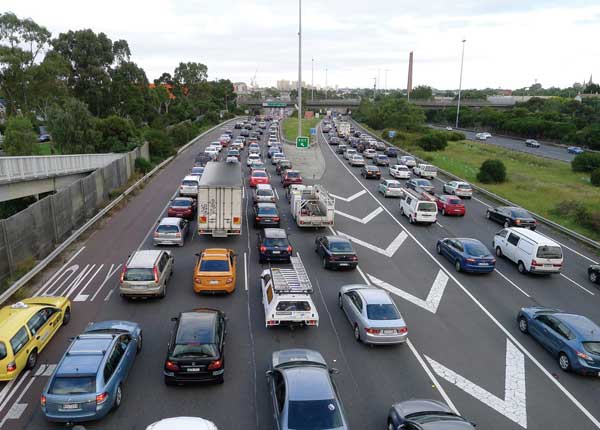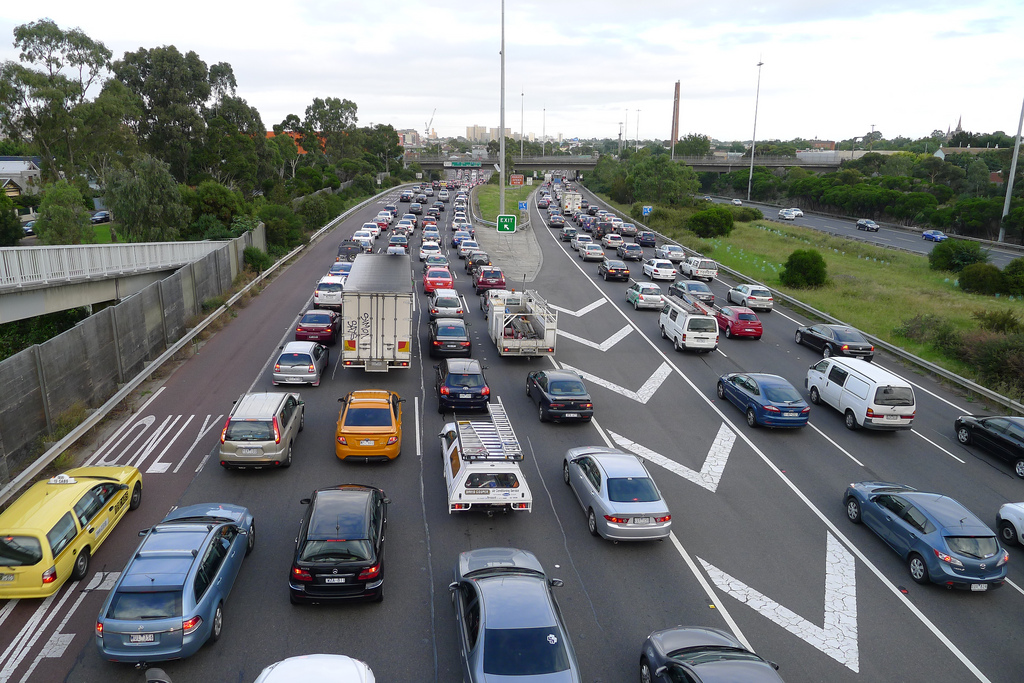Victoria’s Auditor-General John Doyle has taken a stick to the state’s transport authorities over a lack of effective technology management that is causing trams and buses to languish in heavy traffic when they need to be given priority passage to prevent gridlock.
The sharply critical report into traffic management technology found that “obsolete or absent” public transport vehicle tracking systems and a lack of effective interfaces with road traffic systems has resulted in tram and bus priority being relegated to a “reactive” setting and is not always available when required.
Reactive prioritisation is major problem for public transport operators because it means that signals like traffic lights are generally only adjusted after problems and delays occur – too late to make a difference to commuters.
According to the Auditor General, the reactive position also “runs counter” to the state government’s SmartRoads policy which was meant to prioritise higher capacity vehicles like buses and trams on the metropolitan road network.
The Audit report, titled Using ICT to Improve Traffic Management, was conducted to assess whether the Victoria’s road authorities have been effectively managing their ICT systems to ease mounting traffic congestion fueled by the state’s growing population.
Victoria’s population increased from 3.5 million to 4.2 million between 2002 and 2012, a steep rise that has put severe pressure on the state’s transport infrastructure including increased road use in Melbourne that produces slower speeds, longer travel times and substantial vehicle queuing that clogs key intersections.
The Audit also assessed VicRoads’ use of Intelligent Transport Systems (ITS) in ICT to improve traffic flow on Melbourne’s arterial roads and freeways – a system that is significant because of the huge economic costs of traffic congestion.
In 2006, the Victorian Competition and Efficiency Commission estimated that the economic cost of traffic congestion to the state sits between $1.3 billion and $2.6 billion and predicted that it is likely to double by 2020.
However the Audit report found there is still “no clear strategy or coordinated plan to leverage ICT systems to complement transport and land use initiatives”.
There are also strong signs that the Auditor General’s office is rapidly losing patience with transport authorities that officially accept their guidance and recommendations only to swiftly execute policy u-turns.
“The Department of Transport, Planning and Local Infrastructure (DTPLI), Public Transport Victoria (PTV) and VicRoads have no strategy or coordinated plan to use ICT traffic management systems to complement broader integrated transport and land use initiatives,” the report said, adding that “broader aspirations for more sustainable and amenable road use and urban planning are not being directly supported and operationalised by technology solutions.”
“Despite previously agreeing to develop a congestion management plan, as recommended by our 2013 Managing Traffic Congestion audit, DTPLI documents show that the department now does not support this approach and will instead address congestion through the broader objectives of transport and land-use strategies,” the Audit report said.
Ultimately, the Auditor General concluded that while VicRoads had been “efficient in its day-to-day operational deployment” of ICT across the road network, this failed to translate into a “fully effective use of ICT to manage traffic across the metropolitan road network”.
Importantly, the Audit recommended that the Department of Transport, Planning and Local Infrastructure (DTPLI), Public Transport Victoria (PTV) and VicRoads work together to make the system work.
It suggests, again, the transport bureaucracy develop a state-wide strategic document on traffic management to ensure VicRoads’ efforts comply with broader government policies and objectives and to clarify the role and expectations for ICT traffic management.
It was also recommended that PTV upgrade and improve the quality and reliability of bus and tram ICT systems communications and interface with the Sydney Coordinated Adaptive Traffic System to enable more effective public transport prioritisation.






Leave a Reply